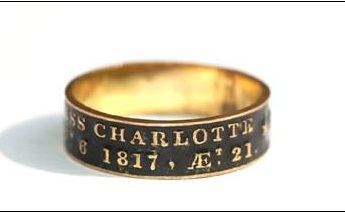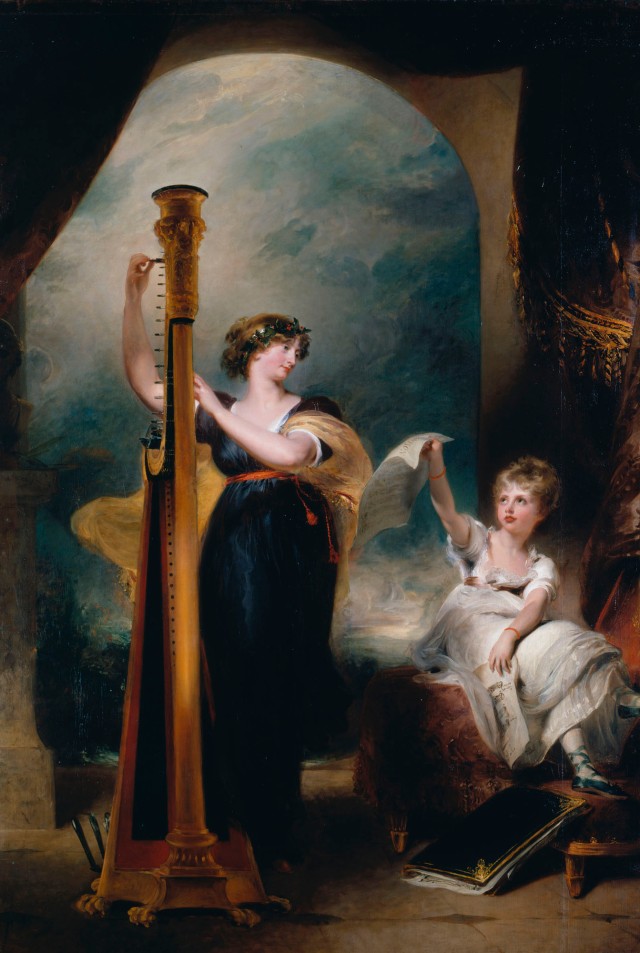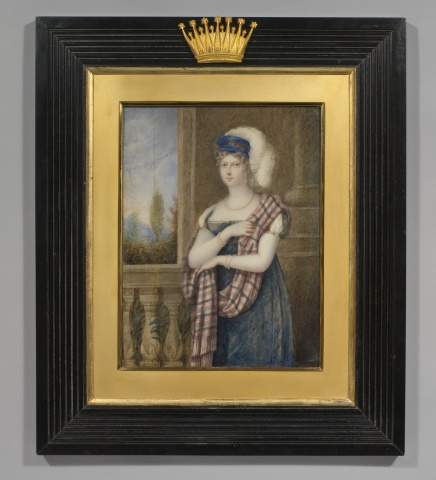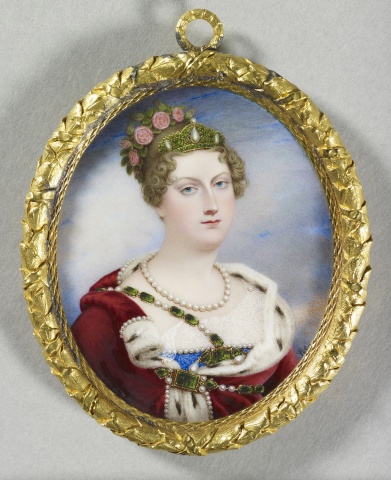Amongst the wonderful resource of the ‘George III Papers’ which are now in the public domain, I came across some early account books for the teenager, Princess Charlotte of Wales, which make fascinating reading. Perhaps it’s just me, but don’t you just love rifling through old account books and diaries? It’s amazing what you can learn about people’s lives, that they’d never expect to be divulged.

I thought I would share with you just a few of the purchases made with her £10 a month ‘pocket-money’, given to her via Lady de Clifford, who replaced Lady Elgin as her governess. I did, however, notice that Charlotte managed to boost her monthly allowance, not by doing odd jobs, but from winnings made from playing card games – yes, she did make some loses too, in fact one week in particular she lost fourteen shillings each day, but overall it looks as if she this pastime was quite lucrative and she was clearly an accomplished card player, but not so good at chess, the only entries denote losses made and never any wins.
Much of her pocket-money was spent on charitable donations mainly to the poor, entries show a wide variety of such payments made most months, such as
Gave to a poor woman 10 shillings and six pence
Gave to a little girl one pound one shilling
A poor man five shillings
To a sailor two shillings and three pence
To a fisherman two shillings
She also clearly enjoyed reading as she paid twelve shillings for a German book, plus a further four shillings and sixpence to have it bound, then a few days later she spent five shillings on a book of maps. There were also regular payments for bibles and ten shillings and six pence for a copy of The Pilgrims Progress.
Charlotte clearly took an interest in art, as there were regular payments made to Paul Colnaghi, the appointed print seller to the Prince Regent who employed him to arrange the Royal Collection.

For some unknown reason she on 15th July 1808 she paid two pounds two shillings for 4 blackbirds – I have absolutely no idea what that was about!
As you would expect for a teenager she was becoming aware of fashion and jewellery. Eye jewellery was very popular and to keep up with the trends of the day Charlotte purchased ‘an eye with garnets’ at two pounds twelves shillings and sixpence. A coral necklace, perhaps the one worn in this miniature.

Two red leather purses at a cost of fifteen shillings and six pence. A silver snuff-box at two pounds, eleven shilling and six pence and a slightly cheaper tortoiseshell snuff-box. Quite regular payments were made to a Mr Duncan, a tailor.

An umbrella, a parasol and a bonnet were bought for the autumn of 1808 and a pair of spectacles early 1809 along with a frock, a gown and some handkerchiefs.

Charlotte appear to have been taken an interest in music as she paid four pounds, eight shillings and six pence for a flageolet and nineteen shillings for a flute.
Less likely purchases for a Regency teenager included two swords, one of which she had engraved, a knife, and a medal of Lord Nelson. Quite who all of her purchases were for we will never know, but it’s a fascinating read.
In our latest book, All Things Georgian, one of our stories relates one of the two sub-governesses to Princess Charlotte of Wales, a Mrs Martha Udny and coincidentally we have come across various references to payments made to her, simply referred to as Mrs U, in the account books.
Source Used
Account book of Princess Charlotte of Wales – GEO/ADD/17/82
Featured Image
Princess Charlotte. Inscribed 1807 by Charlotte Jones. Royal Collection Trust. Princess Charlotte gave this portrait to her sub-governess, Martha Udny, in 1807 when she was 10 years old.







